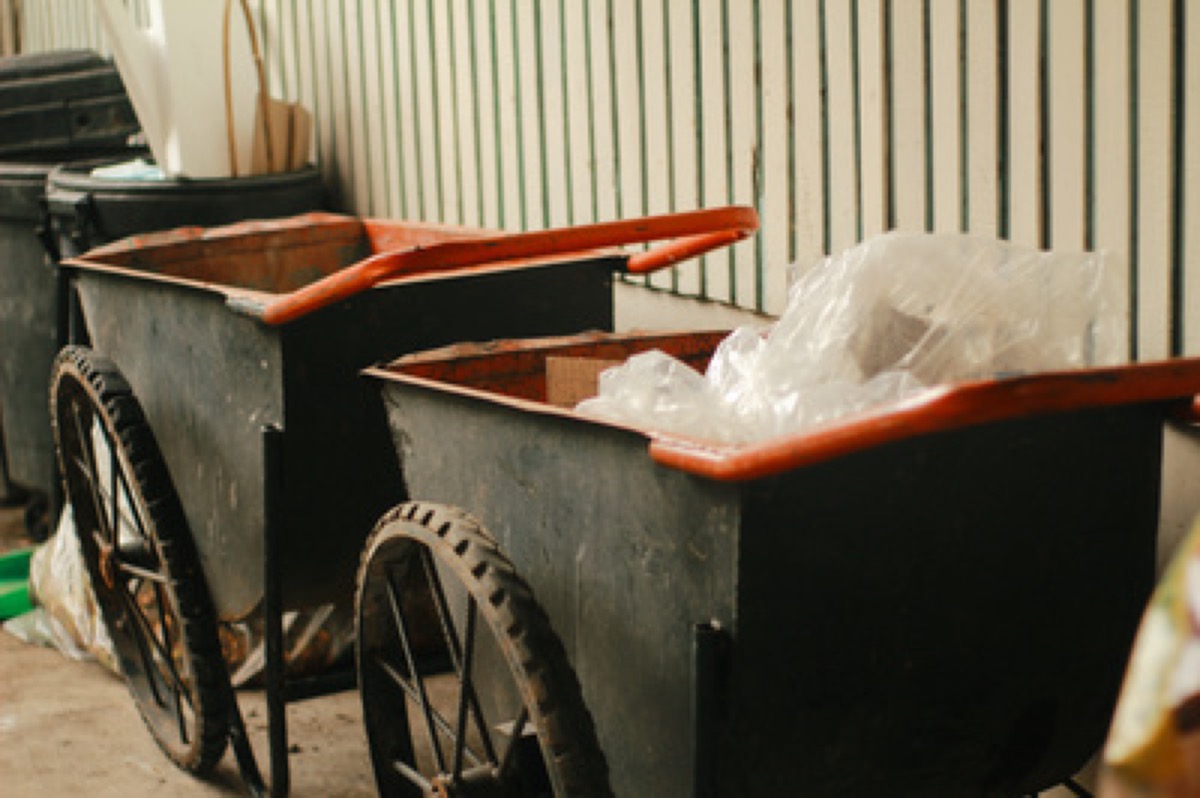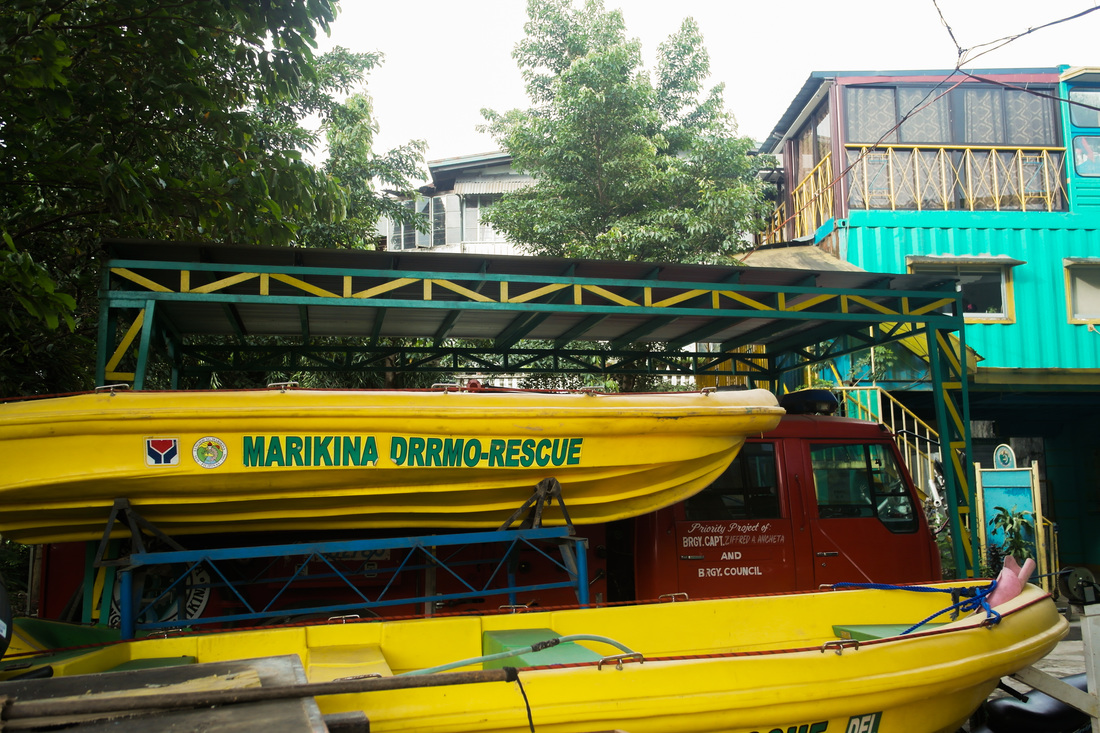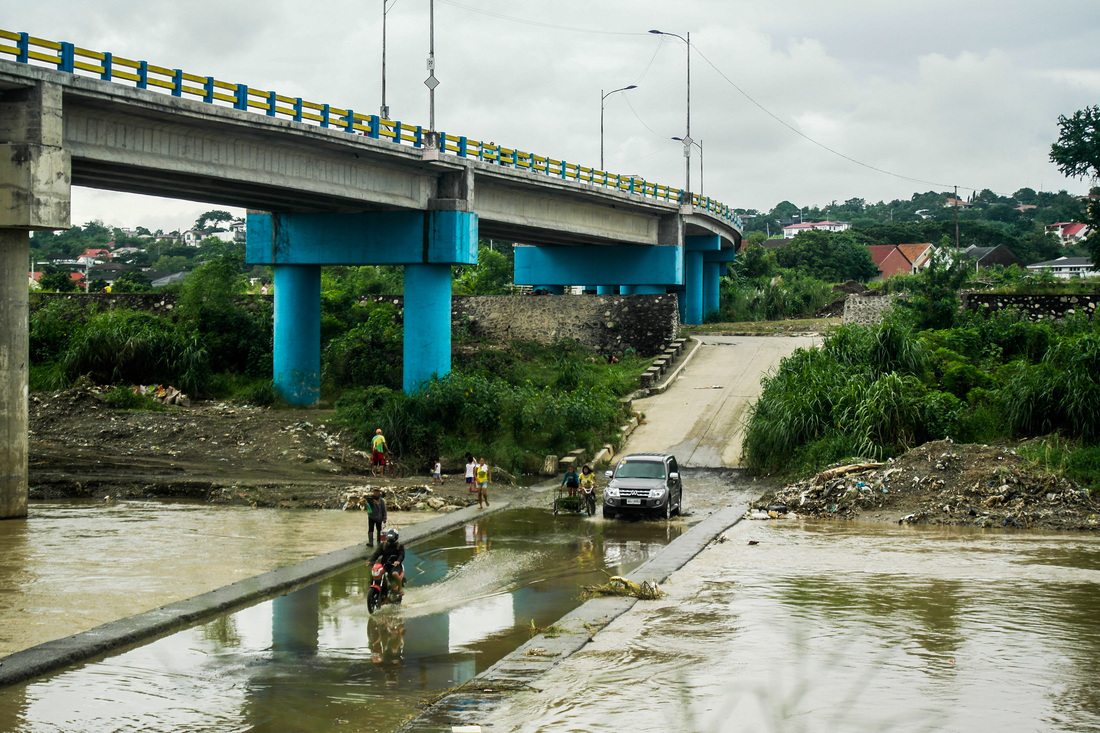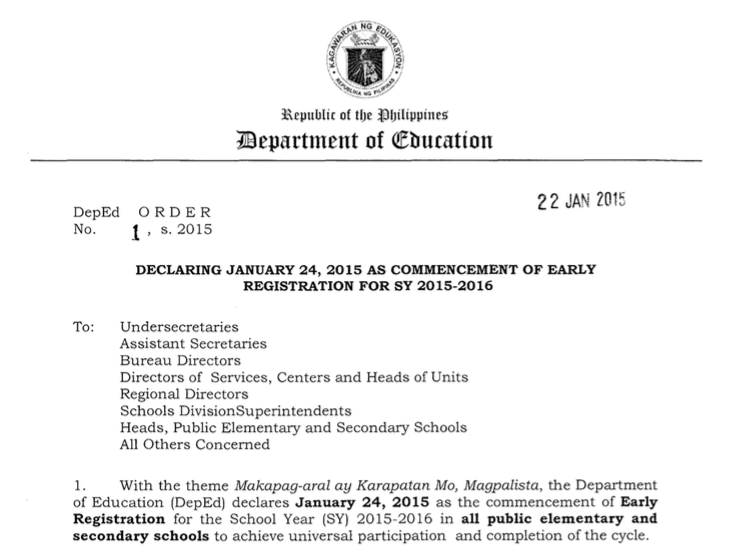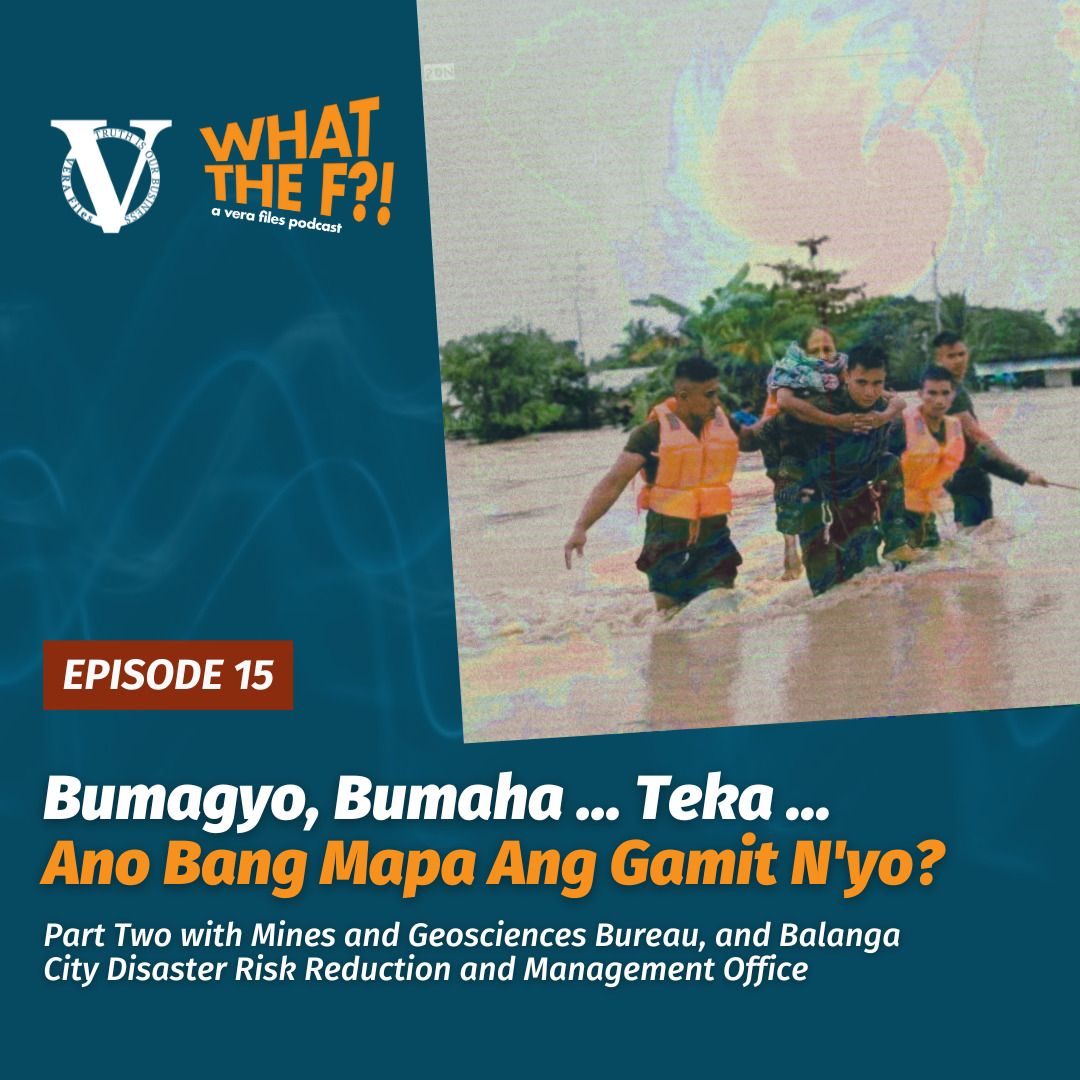By TESSA BARRE, NICOLE AGATHA CRUZ and YVETTE MORALES
INSTEAD of chaos that reigns when the alarm bell goes off, students from a school in Pasay City follow a different routine for their disaster drill.
First, they form two lines. The person with the clearest vision takes the lead. Those behind him stretch their arms forward and rest them on the shoulders of the student before him or her. Next, they navigate the stairs, counting the number of steps and feeling the walls with their hands until they reach the open space. They stay put until the drill is over.
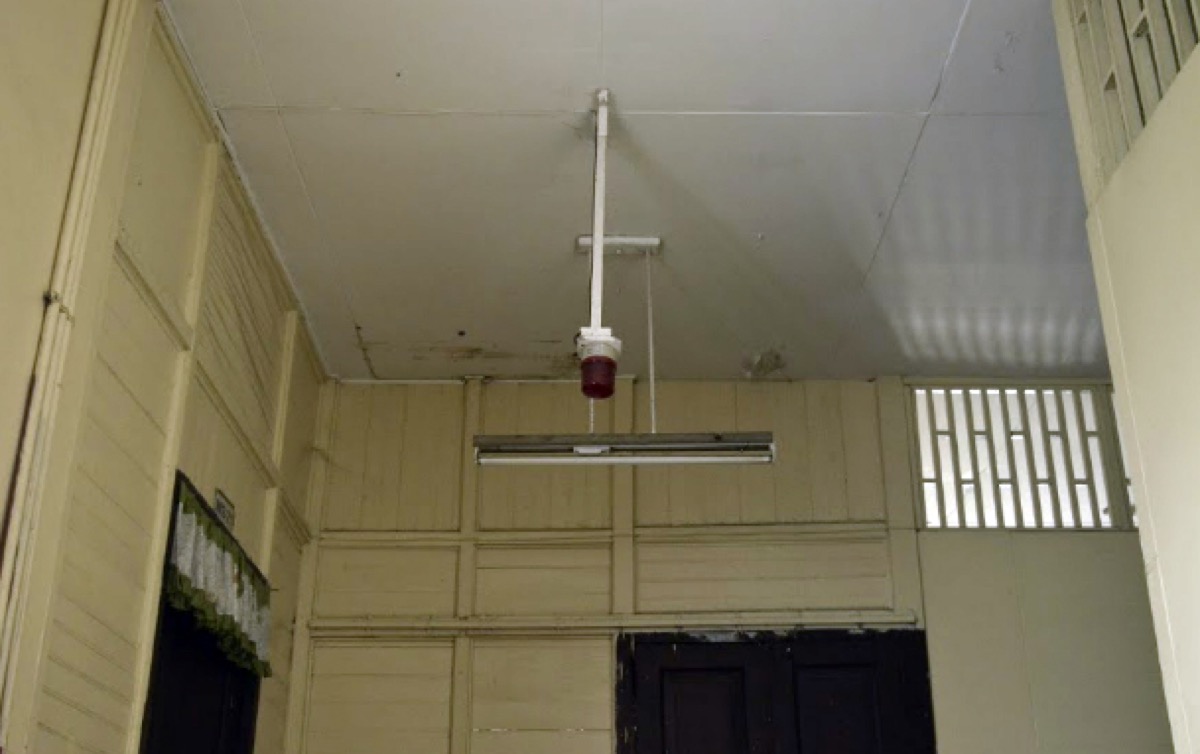
At the neighboring school, students hardly pay attention to the bell when the drill gets under way. Instead, they keep a close eye on the blinker on the ceiling and perform the usual “duck, cover and hold” when the bulb lights up.
Disaster drills are routine at the Philippine National School for the Blind (PNSB) and the Philippine School for the Deaf (PSD), which are sometimes supervised and observed by representatives from the Department of Education, Pasay City Disaster Risk Reduction and Management Office (DRRMO) and Bureau of Fire Protection.
The PNSB, which has 122 students as of September 2015, conducts drills every two months. It makes use of auditory instead of visual signals, including a megaphone and the manual bell. A long sound signals a fire drill, while short, successive beeps signal an earthquake drill.
The school has also conducted after-school drills, usually at 6 p.m. Students are assisted by the staff such as the cooks, drivers and security personnel.
Aside from drills, emergency kits with medicine, plus water and food supply good for seven days are available per room. This strict observance on disaster preparedness has to do with on the vulnerability of their students.
“The students know the danger they can be in if they refuse to follow. They are blind. If we’re individualistic, what will happen to them? We’ll all get hurt not because of the earthquake, but because of accidents,” PNSB Disaster Control Group Chairperson Olivia Gutierrez said in Filipino.
The PSD, meanwhile, conducted four drills the past school year, which did not only involve its 564 students.
“Since it is a special school, the parents stay inside the school to watch over their children. When we have drills, they should also participate. We don’t know when a disaster will strike,” Ladislao Vinluan, the school’s Disaster Risk Reduction and Management coordinator, said.
Formerly part of the School for the Deaf and Blind founded in 1907, the country’s first special school, the PNSB was spun off in 1963 through Republic Act 3562. The PNSB used to admit only elementary students, but now accommodates junior and senior high schools, and has an Alternative Learning System program.
The PNSB and PSD are the only government-owned institutions for people who are deaf and the blind, and draws students not only from Metro Manila but from nearby provinces such as Cavite and Batangas.
The two schools are located in Barangay 73, which is fortunately not flood-prone. However, the PNSB campus stands on grounds lower than the roads outside it. This, plus the lack of drainage inside the school premises, has made the school vulnerable to flooding, which can reach knee high, said Gutierrez.
From 2009 to 2014, PNSB has recorded the most number of disasters among the 33 public elementary and secondary schools in Pasay City at 44. Meanwhile, the PSD ranks next alongside Don Carlos Village Elementary School, which both recorded 34 disasters, according to data from the Department of Education.
Pasay City is the 12th most populous in the National Capital Region with 392,869 residents according to the 2011 census. Its land consists of landlocked barangays and reclaimed lands. According to the city profile, inadequate drainage system, improper solid waste disposal, heavy siltation of rivers and institutional problems aggravate the flooding in the city. Click on the layers to see which areas experience low, medium and high flooding and which schools are used as evacuation centers.
PNSB’s worst flooding reached up to waist-high in 2012 and also in 2009, when Typhoon Ketsana (Ondoy) hit. Due to this, the PNSB administration has adopted engineering measures to lessen the flooding inside the premises. Floodwaters are now just ankle-deep.
“We installed a catch basin, as well as an electronic hose that sucks the water out,” Gutierrez said.
But the school’s guidance counselor and social worker, Maria Elena Carino, said it’s dangerous for their students to walk around the premises once the floor is submerged in water.
This is why the school does not often rely on public storm warning signals when it comes to suspending classes. “May mga suspension kami na kami lang dahil may baha kami. Kasi mahirap po sa mga blind, pwede silang madulas kasi hindi naman nila nakikita (We can suspend classes on our own when our school is already flooded. It’s dangerous for the blind since they cannot see, and the floor may be slippery),” Carino said.
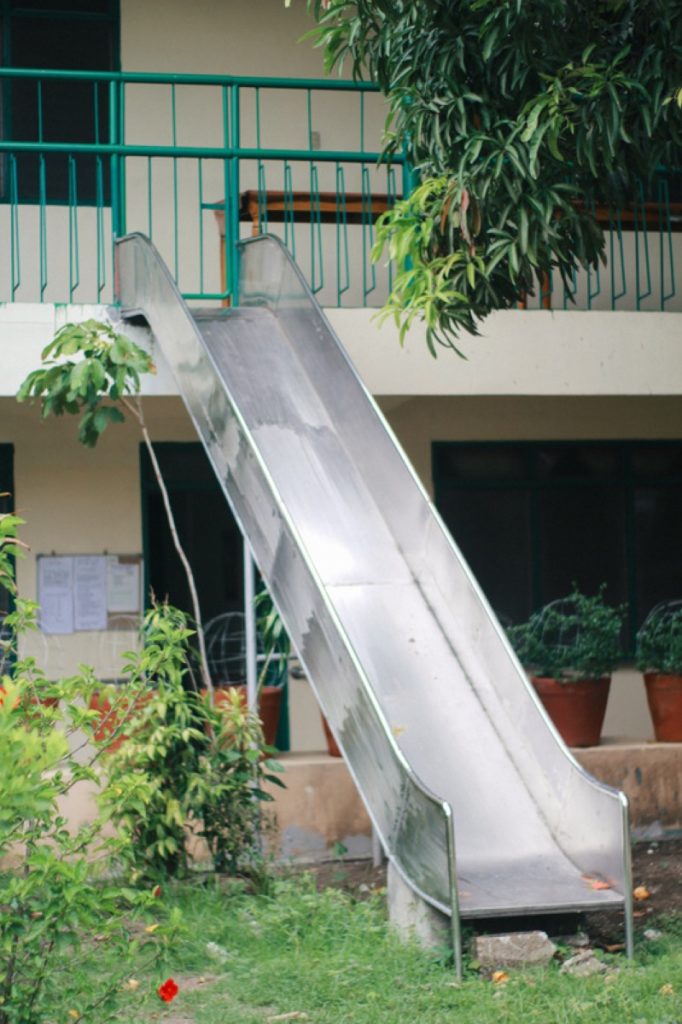
Since the weather is unpredictable, Gutierrez said the school also considers other hazards when suspending classes.
“Sometimes, there is no rain even if storm signal No. 4 is raised. There are only strong winds, but we still send the students home because we have a lot of trees,” she said.
In case of suspensions, the teachers promptly notify the guardians through text to pick up the children right away. This is not much of a problem since most of the time, the guides stay in a waiting area inside the school.
Students who live at the school dormitory are transported to their rooms through a pushcart.
The PSD has not experienced flooding in recent years because it stands on higher ground, Vinluan said.
But the school, whose interior is made mostly of wood, is at risk of fire. The school conducts regular fire inspections and constantly communicates precautionary measures to students.
“Our maintenance team goes around the school almost daily to inspect the facilities. The schools division office conducts its own inspection twice a year, while the BFP inspects the school once a year,” Vinluan said.
The PNSB also conducts fire drills, and has a facility it hopes will save the lives of students in case of a fire—a steel slide jutting out of the second floor of the dormitory and bottoms out on one side of the school stage. The slide was installed two years ago.
The school DRRM head said students have been trained to use the slide, but some hesitate to try out the unfamiliar structure even with their teachers’ guidance.
Some children are afraid to release their grip and slide down when they see the one-foot gap between the bottom of the slide and the ground. To assuage their fear, teachers cushion the fall with foams during the drills. This defeats the purpose of the supposed emergency exit.
“If it’s a real emergency, who will care to find foams?” Carino said.
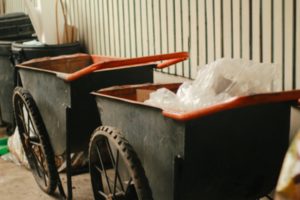
The Pasay City Engineering Office has also found the slide too steep and slippery, and advised the school to modify it. Students are now asked to use the stairs as emergency exits.
“It’s better for them to use the stairs. They have known it so well, and can even run around it,” Carino said.
With all the preparations, Ramon Montalban, officer-in-charge of the Pasay City Disaster Risk Reduction and Management Office, said the two special schools are even more prepared for disasters than the regular schools.
“They already know that they are a disadvantaged group. If they don’t take the preparations seriously, it will only worsen their situation,” he said.
(The authors are University of the Philippines-Diliman journalism majors who produced this piece for Journ 116, Computer-Assisted Reporting, taught by VERA Files trustee Yvonne T. Chua. The data sets used in this report were provided by the Department of Education to the university under the “Data and Society: Applications in Public Education” program supported by the UP Emerging Interdisciplinary Research Program.)
